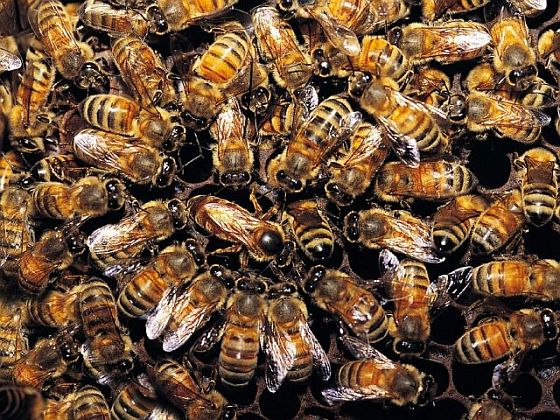Dances With Bees
Communication within a bee colony is a fascinating subject. Through the use of different pheromones and dances a range of information can be passed between the members of a hive. The most commonly known dance within honey bees is the waggle dance which is seen when foraging bees inform drones of the location of a food source. This involves a bee performing a figure of eight manoeuvre which informs the other bees of the angle of the food source from the sun and the distance away it is. As the sun moves in the sky the dancing bee compensates by changing the angle of the dance to match the sun’s movement through the sky. This is particularly impressive since the inside of the hive is in perpetual darkness. If the food is located less than 35 yards away from the nest the bee performs a round dance to communicate the location of food sources close to the colony.

The waggle dance is not the only dance performed by honey bees, and other dances convey a range of information to the members of the colony. Foraging bees also perform a tremble dance to recruit more bees for collecting nectar from the source being conveyed during the waggle dance. Bees also use a variation of the waggle dance to inform a swarm of the location of a suitable site for a new hive. Dances can also give information on a specific individual, in mite infested colonies bees are seen to perform grooming or shaking dances to invite other bees to groom them.
Bye for now!
Alex Kekewich – Assistant Ranger at Falls of Clyde
Help protect Scotland’s wildlife
Our work to save Scotland’s wildlife is made possible thanks to the generosity of our members and supporters.
Join today from just £3 a month to help protect the species you love.
Preface
Communication within a bee colony is a fascinating subject. Through the use of different pheromones and dances a range of information can be passed between the members of a hive. …
